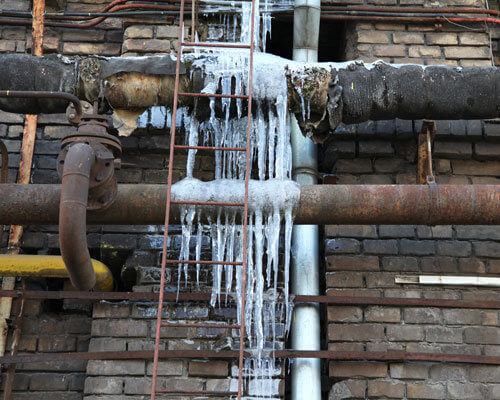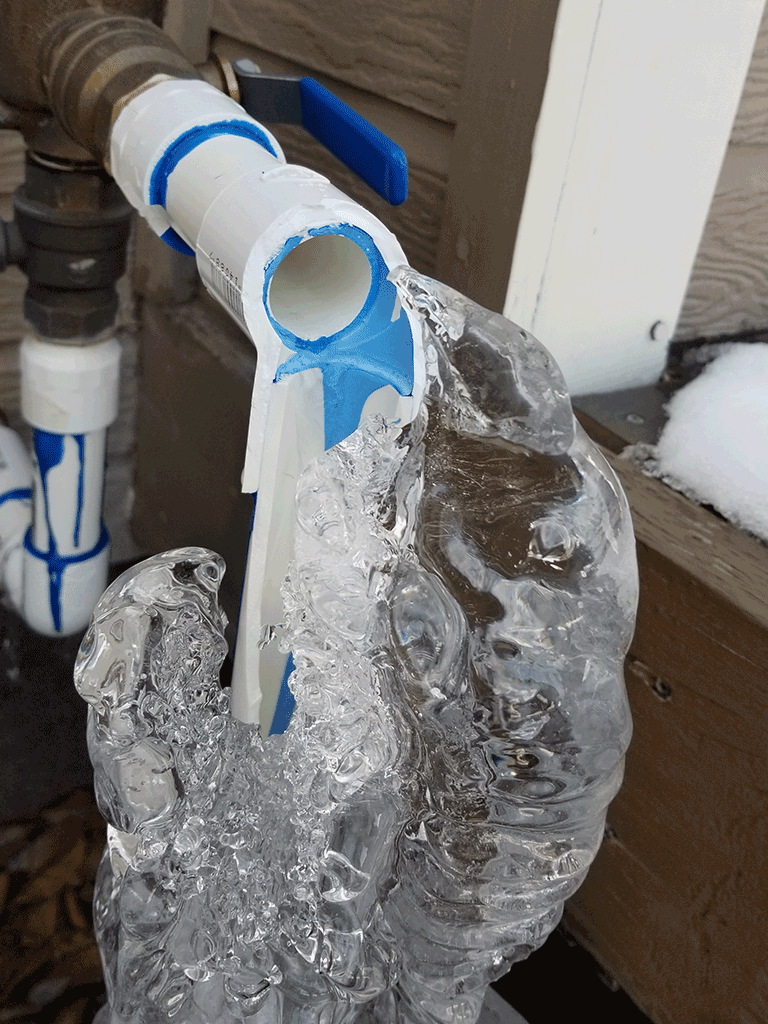Avoiding Frozen Plumbing: Best Tips for Cold Weather
Avoiding Frozen Plumbing: Best Tips for Cold Weather
Blog Article
We have discovered this great article involving Winter Plumbing Precautions: Preventing Frozen Pipes below on the web and decided it made perfect sense to discuss it with you here.

Winter can damage your plumbing, particularly by freezing pipelines. Right here's how to prevent it from taking place and what to do if it does.
Introduction
As temperatures decrease, the risk of icy pipelines rises, potentially causing costly repair services and water damage. Comprehending just how to prevent frozen pipelines is essential for home owners in cold environments.
Avoidance Tips
Insulating susceptible pipes
Cover pipelines in insulation sleeves or make use of heat tape to safeguard them from freezing temperatures. Concentrate on pipelines in unheated or external areas of the home.
Home heating methods
Maintain indoor areas adequately heated, especially areas with plumbing. Open up closet doors to allow cozy air to distribute around pipes under sinks.
How to determine frozen pipes
Seek lowered water flow from faucets, uncommon odors or noises from pipelines, and visible frost on subjected pipes.
Long-Term Solutions
Structural modifications
Take into consideration rerouting pipelines far from outside wall surfaces or unheated areas. Add extra insulation to attics, cellars, and crawl spaces.
Updating insulation
Purchase top notch insulation for pipelines, attics, and wall surfaces. Appropriate insulation helps keep constant temperatures and reduces the threat of frozen pipelines.
Securing Outdoor Pipes
Yard pipes and outdoor taps
Disconnect and drain pipes garden pipes before winter months. Install frost-proof faucets or cover outside taps with protected caps.
Recognizing Frozen Pipes
What creates pipes to freeze?
Pipes freeze when subjected to temperature levels listed below 32 ° F (0 ° C) for prolonged durations. As water inside the pipelines ices up, it increases, taxing the pipe walls and potentially causing them to burst.
Risks and damages
Frozen pipes can result in water disruptions, home damage, and costly repair work. Burst pipes can flooding homes and create substantial structural damage.
Signs of Frozen Piping
Determining icy pipelines early can stop them from bursting.
What to Do If Your Pipelines Freeze
Immediate actions to take
If you presume frozen pipes, maintain taps open to eliminate pressure as the ice melts. Make use of a hairdryer or towels soaked in warm water to thaw pipes gradually.
Conclusion
Preventing icy pipelines needs aggressive procedures and fast reactions. By recognizing the causes, indicators, and preventive measures, house owners can protect their plumbing throughout cold weather.
5 Ways to Prevent Frozen Pipes
Drain Outdoor Faucets and Disconnect Hoses
First, close the shut-off valve that controls the flow of water in the pipe to your outdoor faucet. Then, head outside to disconnect and drain your hose and open the outdoor faucet to allow the water to completely drain out of the line. Turn off the faucet when done. Finally, head back to the shut-off valve and drain the remaining water inside the pipe into a bucket or container. Additionally, if you have a home irrigation system, you should consider hiring an expert to clear the system of water each year.
Insulate Pipes
One of the best and most cost-effective methods for preventing frozen water pipes is to wrap your pipes with insulation. This is especially important for areas in your home that aren’t exposed to heat, such as an attic. We suggest using foam sleeves, which can typically be found at your local hardware store.
Keep Heat Running at 65
Your pipes are located inside your walls, and the temperature there is much colder than the rest of the house. To prevent your pipes from freezing, The Insurance Information Institute suggests that you keep your home heated to at least 65 degrees, even when traveling. You may want to invest in smart devices that can keep an eye on the temperature in your home while you’re away.
Leave Water Dripping
Moving water — even a small trickle — can prevent ice from forming inside your pipes. When freezing temps are imminent, start a drip of water from all faucets that serve exposed pipes. Leaving a few faucets running will also help relieve pressure inside the pipes and help prevent a rupture if the water inside freezes.
Open Cupboard Doors
Warm your kitchen and bathroom pipes by opening cupboards and vanities. You should also leave your interior doors ajar to help warm air circulate evenly throughout your home.

Hopefully you enjoyed reading our section on Helpful Tips to Prevent Frozen Pipes this Winter. Thanks a lot for taking a few minutes to read through our piece of content. Sharing is nice. Helping others is fun. Thanks so much for taking the time to read it.
Visit Website Report this page